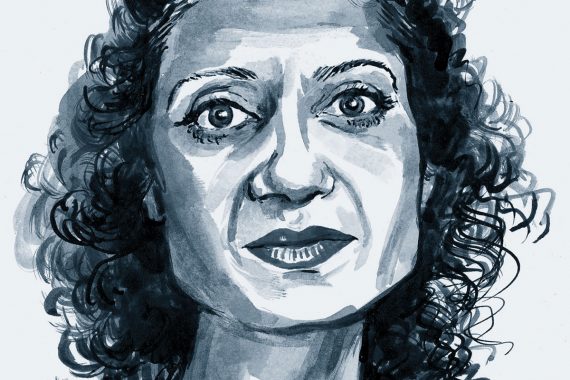My blueprint for GP survival

I’ve been a GP for 21 years now and I honestly have no idea if I am surviving or merely hanging on by my fingernails. If it’s the former then my path towards survival has involved working fewer and fewer clinical sessions. I started out working eight sessions in practice and a further two in A&E. Over the years, clinical sessions have been gradually replaced by portfolio roles and I am now down to four practice sessions, of which two are for management and training.
However, the desire to pursue a portfolio career hasn’t just been led by a need to escape the coalface grind. It also offers variety and significant leadership opportunities. But these need to be a positive addition to a clinical career, not a means of running from it.
This got me thinking about Pulse’s campaign to Build a Better General Practice. I am in no doubt GPs’ day job is currently unsustainable. Workload is sky high, the emotional demands are draining, and there is inadequate financial and spiritual compensation. So, how can we change this and go from surviving to thriving?
Call me old fashioned but I am a big fan of continuity. However, as I see it, the answer to our parlous state of affairs is to drop the outdated concept of patients having a named GP and instead adopt a model of a named team. Practices would need to merge to create a population of around 20,000 to 30,000 patients, in order to build a blueprint for a number of smaller multidisciplinary ‘microteams’. A typical microteam might consist of GPs, nurses, a pharmacist, a physiotherapist and a mental health specialist, and would be tasked with offering continuity of care to around 5,000 patients. Collaboration and leadership opportunities would flow from these teams, and the job would no longer feel so isolating.
Now, before you all start shouting ‘PCN’ at me, I view the network enhanced service as one with good intentions that have not translated into effective delivery. This is because we are micromanaged to the nth degree and clearly cannot be trusted to spend additional funds according to our practice needs. I struggle to identify net gains when I consider the high level of training and supervision required for the additional roles.
Yet, if I was to incorporate a pharmacist or mental health specialist into a microteam, there would be a sense of ownership and accountability from all concerned, as opposed to working for a faceless PCN bureaucracy. The list of patients would not be ‘my’ patients – the team would share responsibility for their care. There would be regular microteam meetings, with a clinical lead who would feed into wider practice meetings. There would be ample opportunity for leadership and specialist interests, within and outside the practice, in a culture where diversity of roles would be seen as a development opportunity, rather than a cop out.
And the most important aspect of this model would be the empowerment it offered to every healthcare professional. Because when you trust your colleagues and your patients trust you, it is easier to say no to all the crap that comes your way.
Dr Shaba Nabi is a GP trainer in Bristol. Read more Dr Nabi’s blogs online at pulsetoday.co.uk/nabi
Pulse July survey
Take our July 2025 survey to potentially win £1.000 worth of tokens

Related Articles
READERS' COMMENTS [9]
Please note, only GPs are permitted to add comments to articles











After reading that crap, I’ve now got a migraine
Thought: I have a solution to all of this. If a GP were called a GPVJQYSTW I do not think you would be uttered so easily and whimsically. Free solution.
so you do 2 sessions of clinical work a week and you are a fan of continuity of care?
Leonard Mirvis——–my sentiments exactly
the existing GP practices in this part of the world are barely up to the size of one of the ‘microteams’; yet practices are 30-40 minutes driving distance apart, so joining with neighbouring ‘microteams’ to create a practice of 20-30,000 patients would inflict patient journeys of 40-60 minutes on most patients.
Oh, but hang on, there is summer traffic and some wally just drove a truck into the nridge, so it is closed, and the other road is closed because it rained heavily, so the ‘normal’ travel time between microteams is catually 2-3 HOURS by car.
Time to wish I were not a patient as well!
David Church
agree 100% !
fortunately – in rural wales – the patients seem to be a bit more pleasant and understandng, so the job has it’s good points.
if that changes, i’ll get out altogether.
so you do 2 sessions of clinical work a week and you are a fan of continuity of care?
That made me laugh too. I have just cut from 10 clinical sessions to eight and have found continuity has taken a considerable beating.
How can A/E be part of your continuity of care unless of course your patients end up there?
Shaba, I think that your micro teams idea is of some merit. Otherwise, patients get ever more lost, especially in practices of over 10,000. There are problems though if any of the GPs or team are off for any reason because they would need others to fill in.